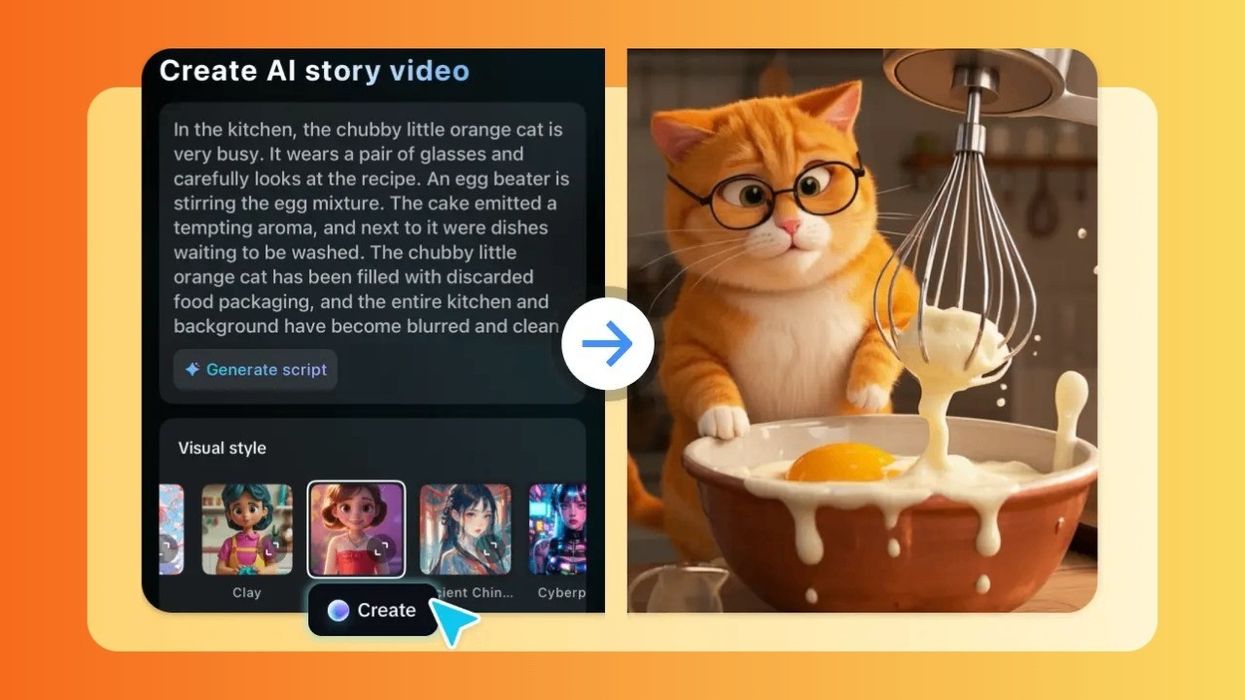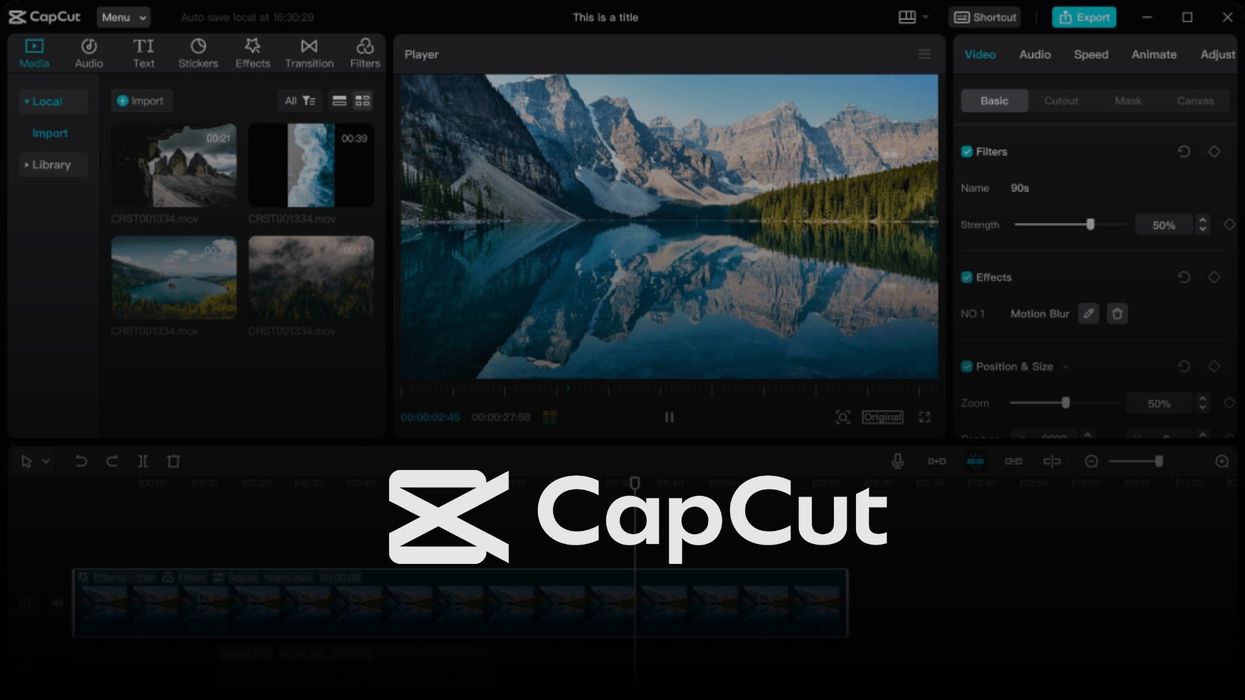A video greeting has become louder than a conventional birthday card. Individualised greetings have become a new favourite. However, creating a video may require time, labor, and expertise. Most users lack the necessary tools and editing experience. Enter the CapCut App. It makes everything easy with the intelligent tools of its AI lab. In a matter of taps, you will be able to transform your desires into a professional emotional video.
Why AI Videos are the Best Birthday Gifts
Birthday videos created by AI have a profound emotional impact. It allows customizing everything: voice, visuals, and effects. The CapCut App will enable you to focus on meaning, rather than mechanics. Even a video done in a few minutes can be handmade. The effect of high-resolution and bright transition makes it feel very personal. It is not only effective, but also expressive. You will have less time to edit and more time to spread happiness. Even when you took only a couple of minutes, videos are not rushed.
Composing a Heartfelt Script to Feed the AI
Start with a message that is clear and easy to understand. Write something special about the person to you. Brevity is best. A good script is full of warm wishes and a personal touch. Write a couple of bullet points in case you don't know how to begin. The CapCut app features an AI caption generator that can transform your notes into smooth, polished lines. Depending on your relationship, you can set the tone. The message of a friend can be playful, and that of a parent can be warm and respectful. Make it honest using simple language.
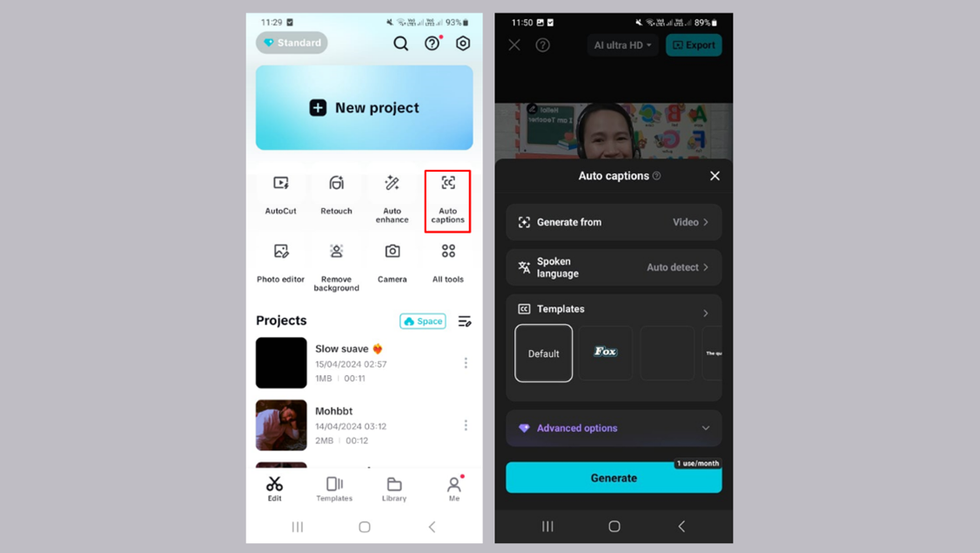
Selecting the Ideal Birthday-themed Graphical Style
Visions mold emotion. The CapCut App AI video maker gives you access to the fun, animated, and emotional styles. You can select Cartoon 3D, Anime, or Celebration themes. Fancy making it light-hearted? Choose something fanciful. To achieve a sentimental tone, use a lighter palette and slower, more fluid shapes. Stickers, filters, and transitions can be combined to create a unique effect. Research various themes until you find one that matches the personality of the person you are celebrating. These images make the script come to life.
Personal Touch by Adding Voiceover or Digital Avatar
Record in your voice or choose AI voicing. A recording of your message makes it more genuine. Using the CapCut App you can record your voice over. Digital avatars to present your message creatively can also be attempted. These avatars can accommodate the video theme. To add more emotion, accompany the narration with the background music. The music library available within the app assists in establishing a proper mood. Depending on your message, select something joyous or tranquil. Sound and imagery combine to make a lasting impression.
Birthday Sharing and Archiving Messages
Once you have exported, it is possible to instantly send your birthday message via messaging or social media applications. Post it on Instagram, WhatsApp, or TikTok. The CapCut App allows high-quality exports. Memories are also made in these videos. Back them up in an online folder or an archive. These are stored up over the years to create a personal video diary. Rely on templates and styles used in the future celebration. Adjust them a little, in order to make each message fresh and familiar.
Design Personalized Birthday Greeting Videos
Step 1: Tap into AI storymaker
Launchthe CapCut App and select the "AI Lab" tab from the bottom. Inside,you’ll find tools like "AI story maker", "AutoCut", and"AI tools" to make video editing easier. Choose "AI storymaker" and press "Try now" to begin creating a birthday video.
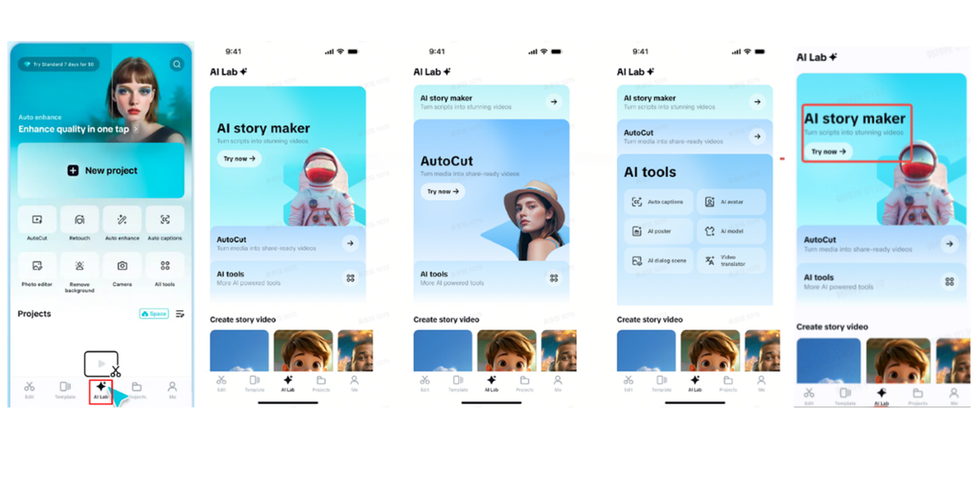
Step 2: Craft your video message
Enter your birthday message in the "Create AI story video now" field. Choose from vibrant themes like Cartoon 3D, Anime, or Realistic Film. Add a festive "Voiceover" and set the "Video ratio" to fit the destination platform. Tap "Generate" to see your greeting come alive.
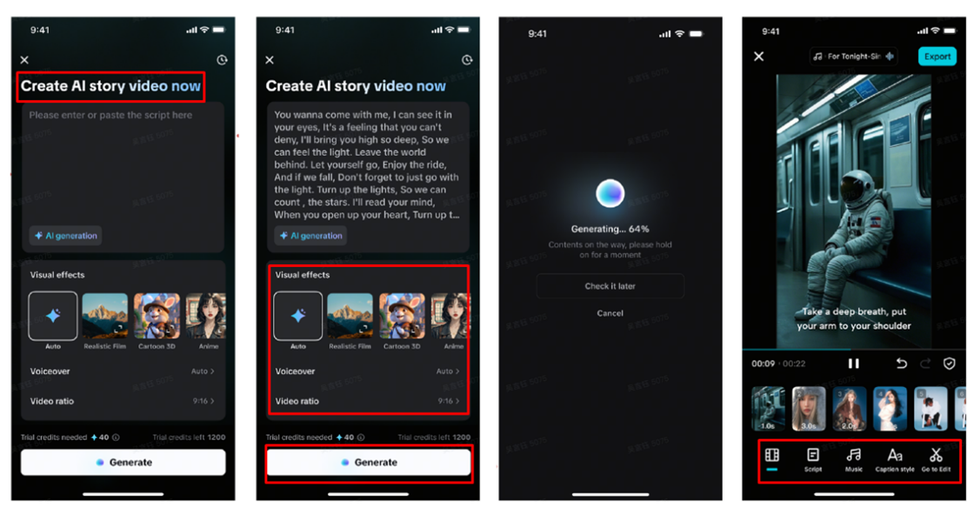
Once the video is generated, you can go further. Add fun birthday music via the "Music" tab. Animate and decorate your message with the "Caption style" section by changing fonts, effects, or adding animation. To add filters, stickers, and more, use the "Go to Edit" button for complete editing access.
Step 3: Export and celebrate
When you’re happy with your greeting, tap "Export" at the top-right. Your birthday message is now ready to save or share across any platform—whether it's Instagram, TikTok, or sent privately to someone special.
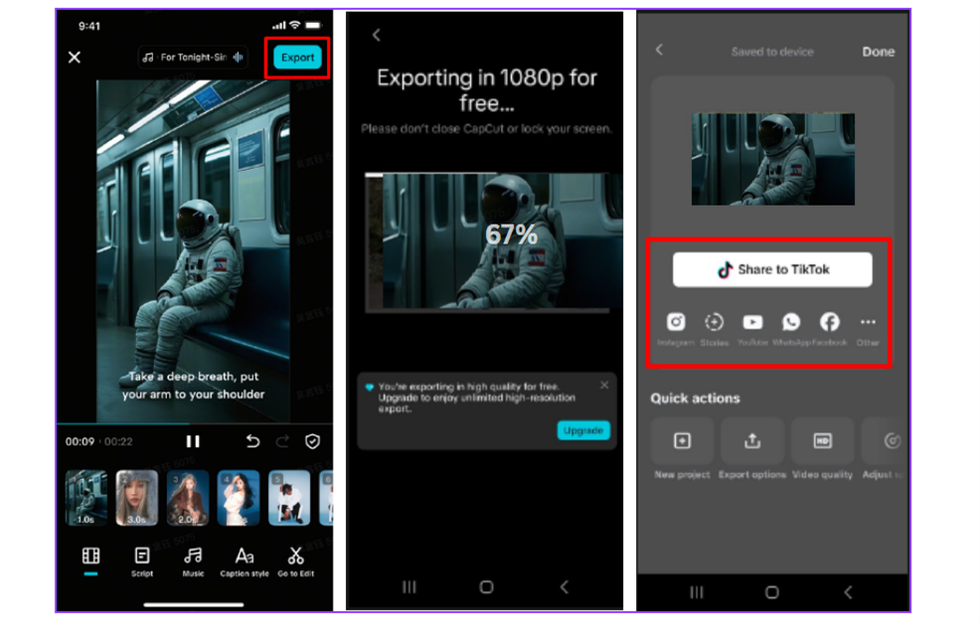
Conclusion
The future of birthday greetings lies in AI-crafted creativity. The CapCut App brings that future to life today. It turns your ideas into polished, shareable videos without hassle. Personalization is no longer complicated or time-consuming. Thanks to tools like AI Lab, creating something special becomes accessible for everyone. With every birthday, you can send a message that feels real, thoughtful, and unforgettable.
